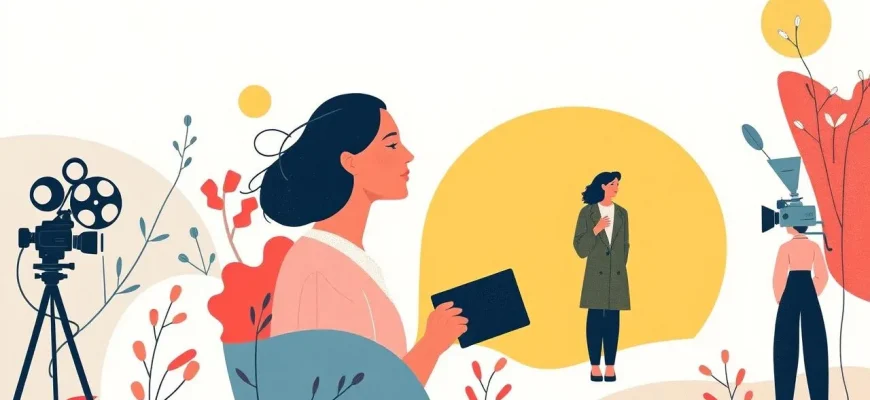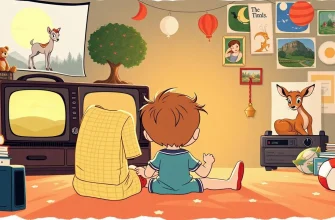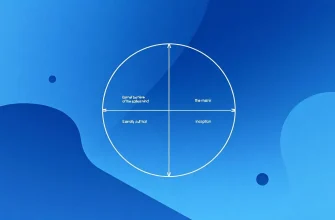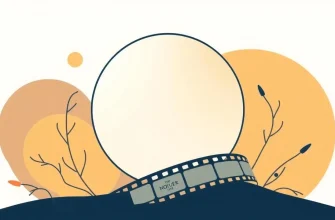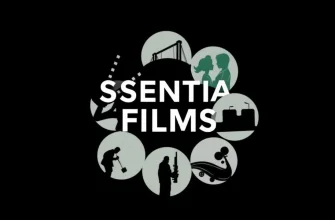This curated selection celebrates the remarkable contributions of female filmmakers to cinema. These films, written and directed by women, offer fresh perspectives, challenge conventions, and enrich the film landscape with their unique storytelling. From groundbreaking narratives to innovative visual styles, this list highlights the importance of female voices in film, providing viewers with a diverse and enriching cinematic experience.
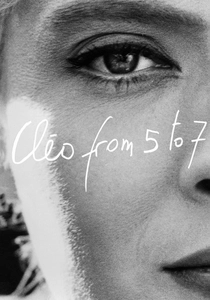
Cléo from 5 to 7 (1962)
Description: Agnès Varda's innovative film follows a singer waiting for medical test results, offering a real-time exploration of existential dread and the passage of time. Its inclusion celebrates Varda's pioneering approach to narrative structure.
Fact: Varda was one of the few women associated with the French New Wave. The film's structure was inspired by the real-time format of Alfred Hitchcock's "Rope."
 Watch Now
Watch Now
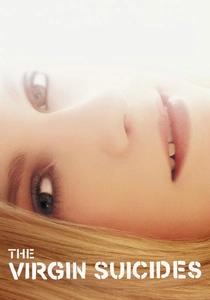
The Virgin Suicides (1999)
Description: Sofia Coppola's debut feature, based on Jeffrey Eugenides' novel, examines the mysterious lives of five sisters through the eyes of neighborhood boys. Its inclusion highlights Coppola's unique visual style and thematic depth.
Fact: The film was shot in Coppola's childhood home in Detroit. It features a haunting score by Air, which has become iconic.
 Watch Now
Watch Now
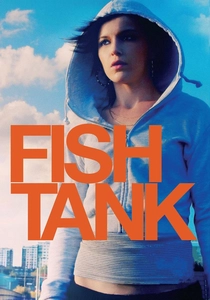
Fish Tank (2009)
Description: Andrea Arnold's raw and unflinching look at a teenage girl's life in a council estate in Essex, exploring themes of freedom, identity, and escape. Its inclusion highlights Arnold's ability to portray complex female characters.
Fact: The film won the Jury Prize at Cannes. The lead actress, Katie Jarvis, was discovered by Arnold while arguing with her boyfriend at a train station.
 Watch Now
Watch Now
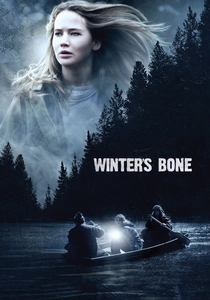
Winter's Bone (2010)
Description: Debra Granik's gritty portrayal of rural poverty and family loyalty in the Ozarks, this film showcases the strength and resilience of its young female protagonist. Its inclusion highlights the power of female-driven narratives in exploring societal issues.
Fact: Jennifer Lawrence's breakout role, earning her an Oscar nomination at the age of
 Watch Now
Watch Now
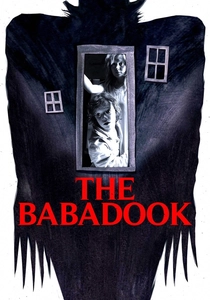
The Babadook (2014)
Description: Jennifer Kent's debut feature is a psychological horror that delves into grief, motherhood, and fear. Its inclusion in this list underscores the ability of women to craft horror that resonates on multiple levels.
Fact: The film was inspired by Kent's own experiences with grief. The Babadook character has become a cultural icon in the horror genre.
 Watch Now
Watch Now
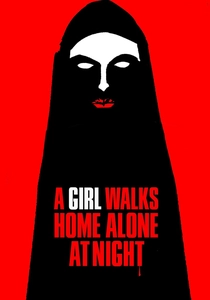
A Girl Walks Home Alone at Night (2014)
Description: Ana Lily Amirpour's debut feature is a Persian-language vampire western, blending genres to explore themes of isolation, identity, and empowerment. Its inclusion celebrates Amirpour's bold and visually striking storytelling.
Fact: The film was shot in black and white, enhancing its noir aesthetic. Amirpour has described it as the first Iranian vampire western.
 Watch Now
Watch Now
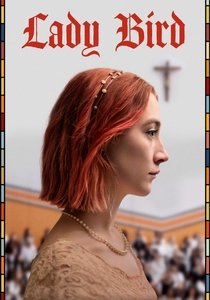
Lady Bird (2017)
Description: Greta Gerwig's semi-autobiographical coming-of-age story captures the essence of teenage angst, identity, and family dynamics. Its inclusion celebrates Gerwig's nuanced depiction of female adolescence.
Fact: Gerwig became the fifth woman to be nominated for Best Director at the Oscars for this film. It was also filmed in Sacramento, where Gerwig grew up.
 Watch Now
Watch Now
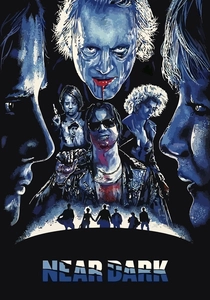
Near Dark (1987)
Description: Kathryn Bigelow's genre-blending film combines elements of horror, western, and romance, offering a fresh take on the vampire mythos. Its inclusion showcases Bigelow's versatility and her ability to redefine genres.
Fact: Bigelow was the first woman to win an Oscar for Best Director for "The Hurt Locker." "Near Dark" was initially conceived as a western before evolving into a vampire film.
 30 Days Free
30 Days Free
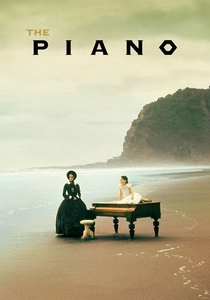
The Piano (1993)
Description: Jane Campion's masterpiece, which won the Palme d'Or at Cannes, explores themes of love, communication, and isolation through the story of a mute woman in 19th-century New Zealand. Its inclusion here celebrates Campion's ability to weave complex emotional narratives with visual storytelling.
Fact: The film was initially conceived as a short story by Campion. It was also the first film directed by a woman to win the Palme d'Or.
 30 Days Free
30 Days Free
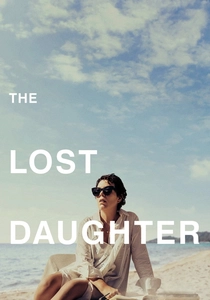
The Lost Daughter (2021)
Description: Maggie Gyllenhaal's directorial debut, adapted from Elena Ferrante's novel, delves into the complexities of motherhood and personal identity. Its inclusion showcases Gyllenhaal's ability to translate literary depth into cinematic form.
Fact: Olivia Colman's performance earned her a nomination for Best Actress at the Oscars. The film was shot in Greece, providing a serene yet haunting backdrop.
 30 Days Free
30 Days Free

